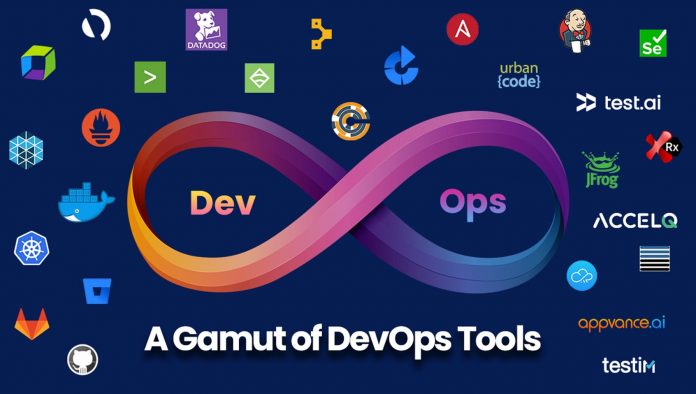DevOps is a well-established approach in the field of application development used by IT managers.
DevSecOps tools, on the other hand is now the latest trend and many people do not know what it entails.
DevSecOps is a new approach that extends the DevOps concept to include the security aspects.
For many companies, DevSecOps is extremely relevant. The implementation of this tool brings many advantages and offers new possibilities.
What is now DevSecOps, how did it evolve from DevOps, and what are the advantages of this relatively new concept?
Take a cup of coffee, sit back and relax as we highlight the relevance and some use cases of DevSecOps and how to implement it.
What is DevSecOps?
The term DevSecOps is short of 3 terms – Development (Dev), Security (Sec), and Operations (Ops).
The development means software development, security represents cyber security, and operations mean the provision and operation of the software.
It is a modern approach that extends the features and security of an already established DevOps concept, and DevSecOps tools help in the smooth process of software development and make it secure.
As cyber insecurity increases, it has become the responsibility of software developers to develop software that are more secure.
DevSecOps can be seen as a holistic approach since it aims to establish fast, secure, and high-quality development, provision, and operating processes for software.
How did DevSecOps come about?
DevSecOps evolved from DevOps. The latter makes the loopholes of traditional software development to be circumvented through the close interlinking of development and operation.
Development, test, and operational tasks are networked and coordinated with one another.
The DevOps concept breaks down possible barriers between each stage of the development, which makes accelerated and agile development processes possible.
Unfortunately, the DevOps is safeguarded against software security vulnerabilities.
If you consider cyber security differently from the development and operation of software, this slows down the processes and leads to unnecessary delays or insecure software.
Therefore, the DevSecOps concept is more developed and incorporate the necessary aspects of security.
Advantages of DevSecOps over DevOps
The advantages of combining development, operations, and security are obvious.
- All important aspects in the development and life cycle of software are taken into account.
- DevSecOps increases the agility and flexibility in the provision of new software without takin toll on the security of the applications.
- Continuous delivery and continuous integration are possible with high-security standards.
- With DevSecOps, the requirements for modern software, which are changing at ever shorter intervals, can be implemented without sacrificing security.
- Fast and secure provision of new software
- Fast detection and early, inexpensive elimination of faulty or insecure code
- Agile and flexible implementation of requirements that change at short notice
- Continuous delivery and continuous integration with high-security standards
- Support of innovative technologies such as container and microservice-based application environments.
What can DevSecOps do in the container environment?
With DevSecOps, security becomes an integral part of the complete software life cycle, including the security of containers and microservices.
The approach ensures, for example, the secure, encrypted transmission of data between the various services.
The integrated security functions of the container and orchestration platforms can be integrated into the processes.
Scanners test containers for their cyber security by automatically checking images for known security vulnerabilities using Automated Container Vulnerability Detection.
These automatic tests can be integrated into test or acceptance processes.
The protection of microservices, strict access controls, and secure authentication are integral parts of the DevSecOps concept.
Conclusion
DevSecOps takes all security aspects into account during development and enables applications to be provided quickly and securely.
Applications can be flexibly adapted to changes and new requirements without neglecting security.

